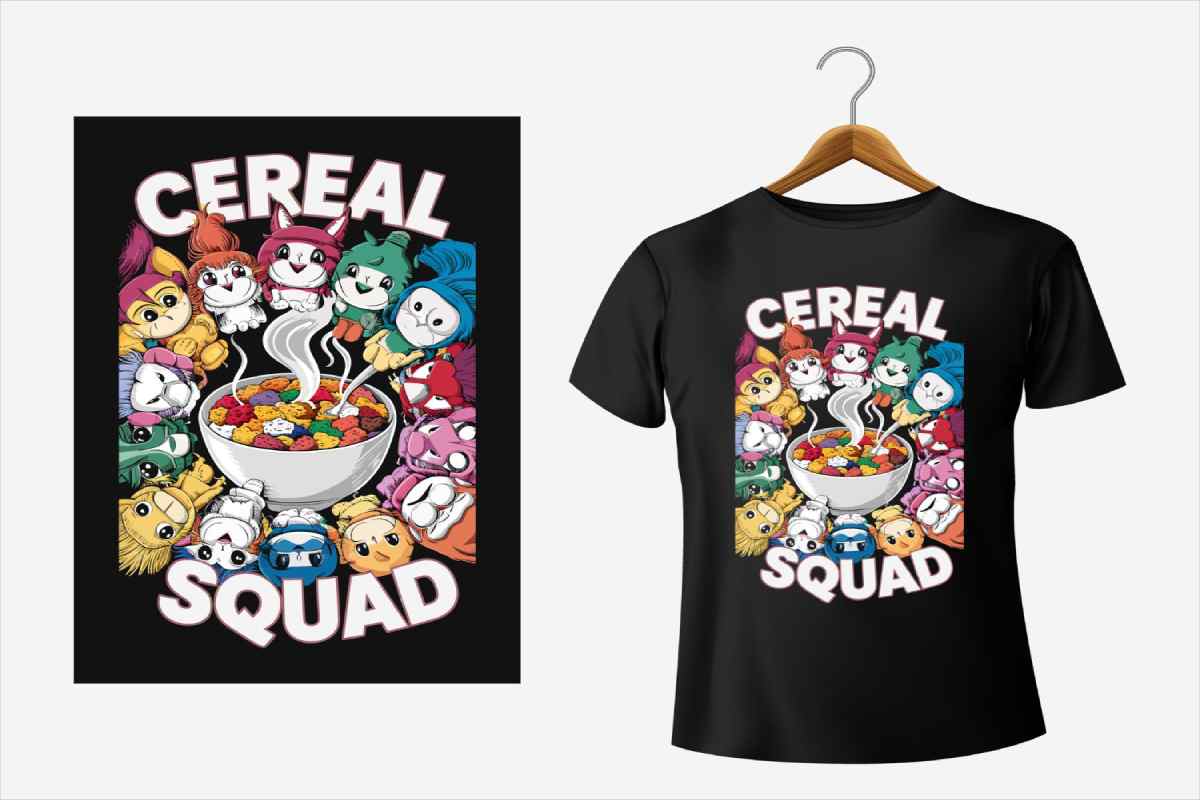
How to Size and Cut DTF Transfers Right
Understanding the Basics of DTF Transfers
Before diving into cutting and sizing, it’s crucial to understand what DTF Transfers are and why they’ve become a top choice for garment decorators. DTF Transfers allow full-color, high-resolution prints to be transferred onto a wide range of fabrics, including cotton, polyester, and blends. The process involves printing onto a special film using DTF inks, applying a powder adhesive, curing it, and then heat pressing the transfer onto the final product. These transfers are highly durable, stretch-resistant, and perfect for both small-batch custom orders and large production runs.
Planning Efficient Layouts with a DTF Gangsheet Builder
To make the most of your transfer sheets, using a dtf gangsheet builder is essential. A dtf gangsheet builder allows you to arrange multiple designs on a single sheet before printing, which saves material and time. These builders offer tools like alignment grids, auto-spacing, and live previews that help ensure each design is optimally placed. With an efficient layout plan, you can produce multiple sizes and designs on one gangsheet, reducing the need for multiple print jobs and making cutting easier and more precise during post-production.
How to Upload DTF Gangsheets for Printing
Once your gangsheet is ready, the next step is to upload dtf gangsheet files to your chosen platform or print provider. Most systems allow you to upload dtf gangsheet files in formats like PNG or PDF and will immediately show you a preview to ensure everything is aligned properly. Make sure your files meet the resolution requirements (typically 300 DPI) and that there is enough spacing between designs to allow for clean cutting. Platforms often include scaling tools to help maintain accuracy, so double-check measurements before confirming your upload.
Using DTF Transfers by Size for Accuracy
For professional results, applying dtf transfers by size can make a significant difference. This method allows you to order or create transfers in specific dimensions tailored to the product you’re customizing. Whether it's a logo for a pocket tee or a full-back print for a hoodie, dtf transfers by size give you exact control over the look and fit of your design. Proper sizing minimizes the risk of misalignment or stretching during the pressing process and ensures a consistent and clean aesthetic across all your products.
Tips for Cutting DTF Transfers Cleanly
Once printed, the gangsheet must be cut accurately to prepare each design for application. For best results, use a rotary cutter, guillotine trimmer, or precision blade along with a cutting mat. Clean edges are important because any jagged or angled cuts may lead to adhesive issues or misaligned placement. When working with dtf transfers by size, following the exact measurements is key to achieving a professional finish. Take care to avoid cutting into the design area and always leave a small margin around the artwork if you're trimming manually.
Best Practices for Applying DTF Transfers
After cutting, it’s time to apply your DTF Transfers using a heat press. Position the transfer on the fabric, ensuring it’s centered and aligned correctly. Apply heat (usually 300–320°F) for about 15 seconds using medium pressure. Once cooled slightly, peel the film away slowly to reveal the design. DTF Transfers bond best when the surface is clean and flat, and when the pressing pressure is evenly distributed. Always refer to your material’s specifications and test a sample first to ensure ideal settings for each surface type.
Scaling and Saving Templates in Your DTF Gangsheet Builder
To streamline future projects, use your dtf gangsheet builder to save templates and scale them as needed. This is especially useful for recurring orders or designs that require multiple sizes. A dtf gangsheet builder with cloud-saving options lets you store layouts, reducing the setup time for your next print job. Scaling tools help you proportionally adjust designs for different garment sizes while maintaining the correct print dimensions. This ensures consistent results and allows your workflow to become faster and more repeatable over time.
Conclusion
Properly sizing and cutting DTF Transfers is essential to achieving high-quality results across a wide range of products. By using a dtf gangsheet builder, uploading files with care, and customizing with dtf transfers by size, you gain complete control over your production process. From accurate layouts to clean cutting techniques, every step plays a role in delivering professional-grade apparel and promotional products. Embracing these tools and practices will save time, reduce waste, and elevate the quality of your custom creations.
Frequently Asked Questions
-
What tools do I need to cut DTF transfers cleanly
A rotary cutter, guillotine trimmer, or precision knife works best with a cutting mat. -
Can I customize each transfer size individually
Yes, you can use dtf transfers by size to specify custom dimensions for each design. -
What is the best format for uploading a gangsheet
PNG or PDF with a transparent background is preferred for clean printing. -
Do I need a special printer to use DTF technology
Yes, DTF requires a printer with specialized inks and film compatibility. -
How close should designs be on a gangsheet
Leave at least 0.25 inches between designs to ensure clean cutting. -
Are dtf transfers reusable after pressing
No, dtf transfers are single-use and bond permanently to the surface. -
Can I scale designs in the gangsheet builder
Yes, most builders allow proportional scaling and layout adjustments. -
Is it necessary to mirror the design before printing
Yes, always mirror the artwork before printing to ensure correct orientation. -
What temperature is ideal for pressing DTF transfers
Generally, 300–320°F for about 15 seconds with medium pressure works well. -
Can I save gangsheet layouts for future use
Yes, most platforms let you store and reuse layout templates.






